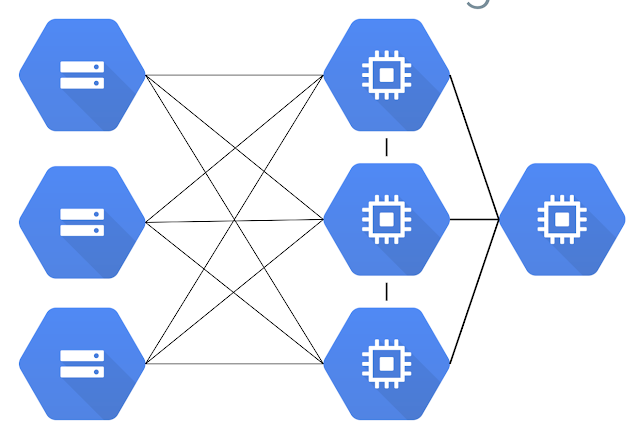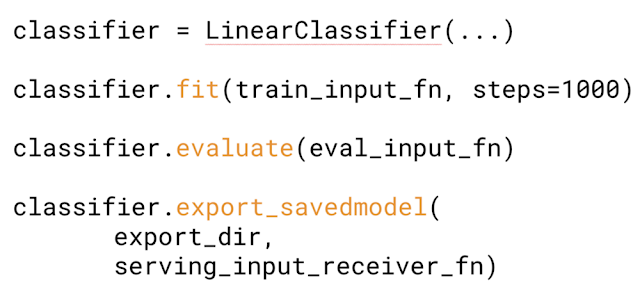Machine Learning: From hype to real-world applications

Machine learning: real-world applications from hype How to use emerging technology business value. The hype is real. Artificial Intelligence (AI) and Machine Learning (ML) are all over the media, and everyone wants to get involved in the technology race. The progress that has been made over the last few years has been tremendous, and you've probably heard claims such as "AI is the new electricity" and "AI will revolutionize our society completely." I will not comment on those statements, but whether we can all safely agree, is it certainly very interesting about these technologies. However, all this attention raises the important question: can it really live up to the hype? In some areas, technology caught on, and it even surpassed the hype. Within image recognition, for example, the task of identifying objects and extracting information from images, AI is now moving beyond human-level performance (for example, machines are becoming better than humans at recogni...






